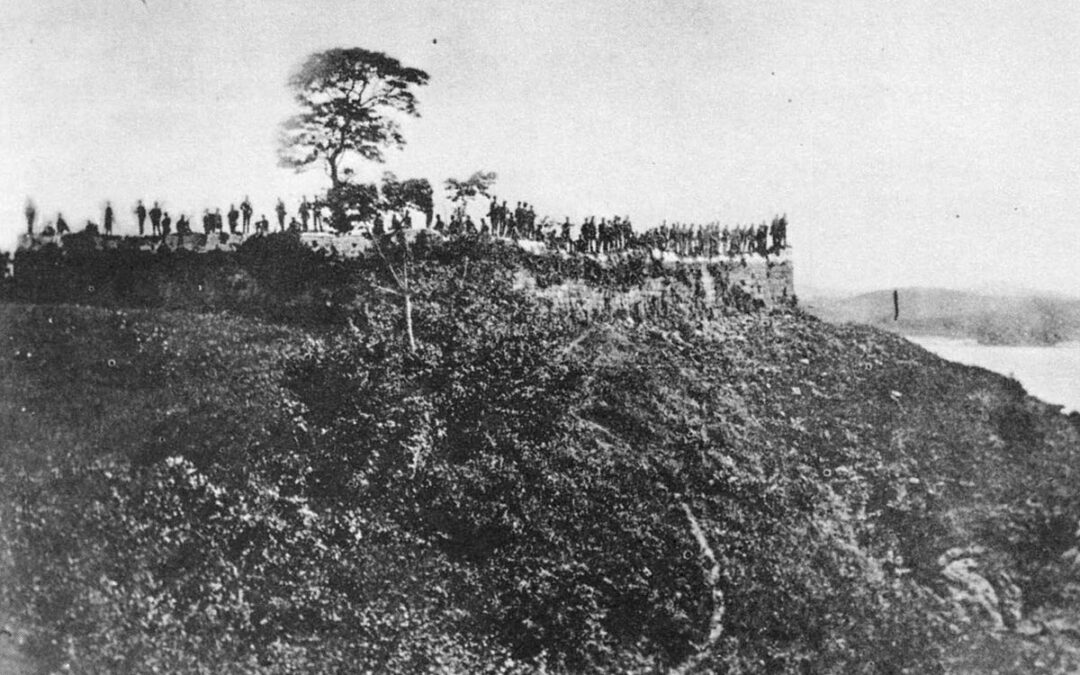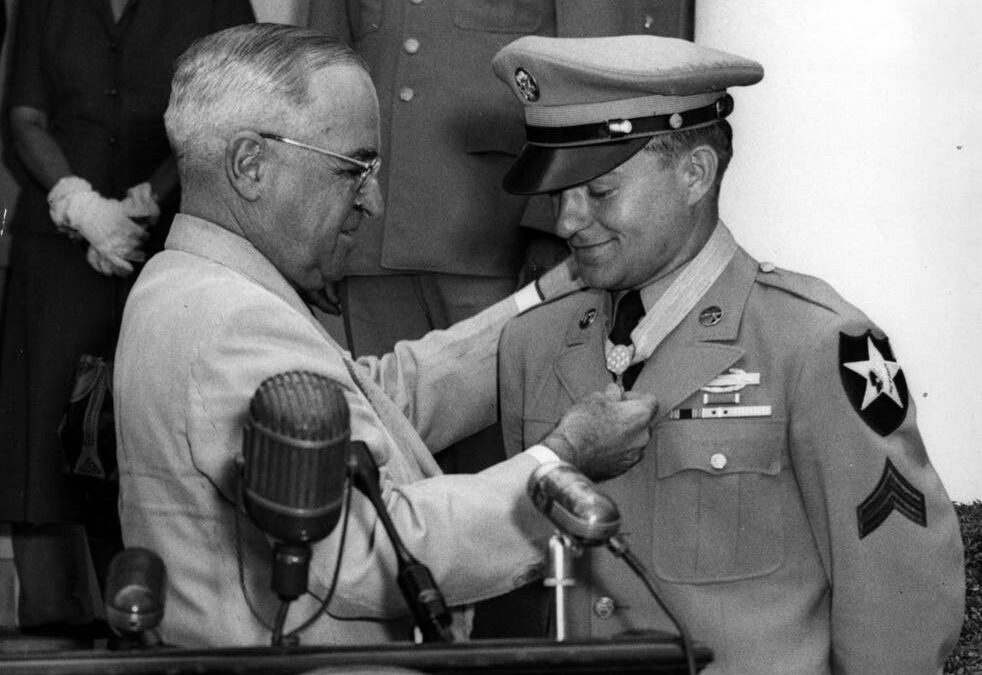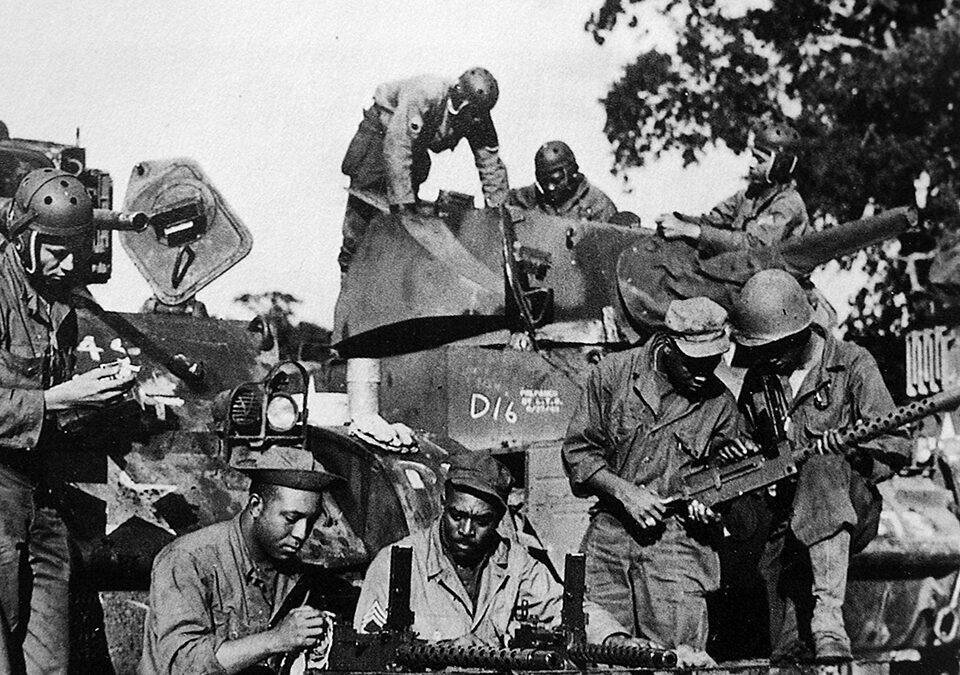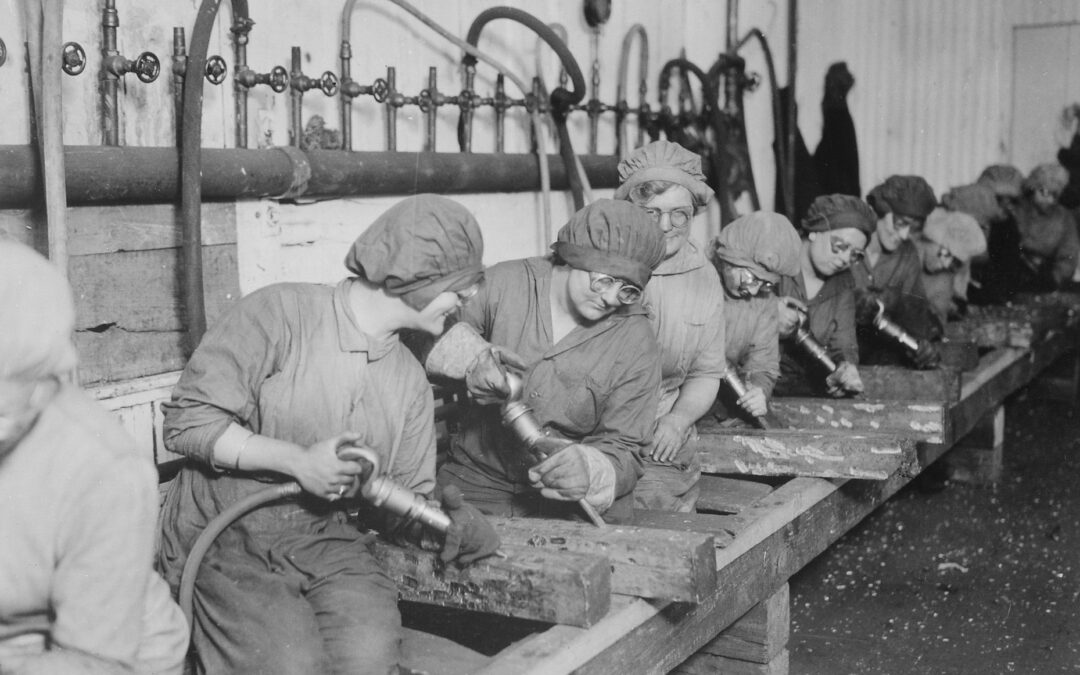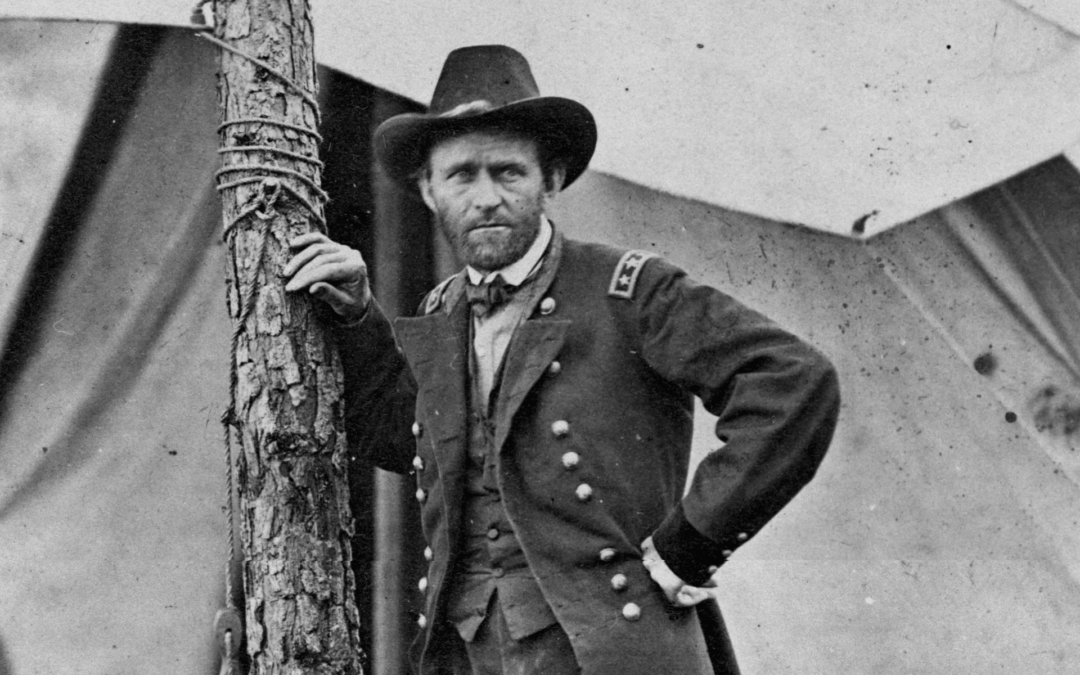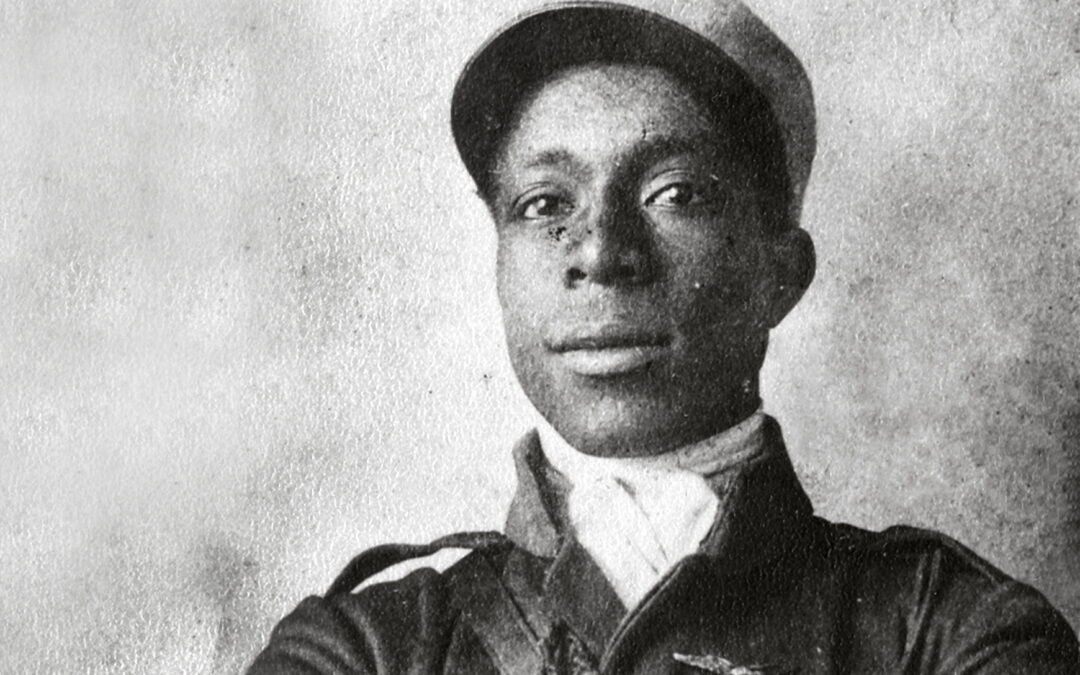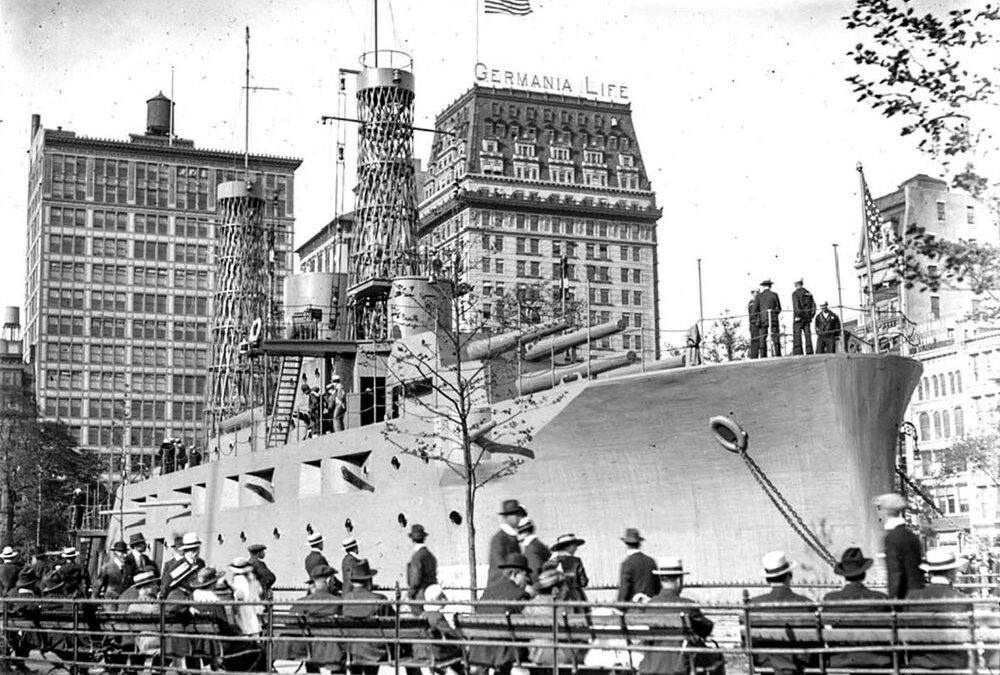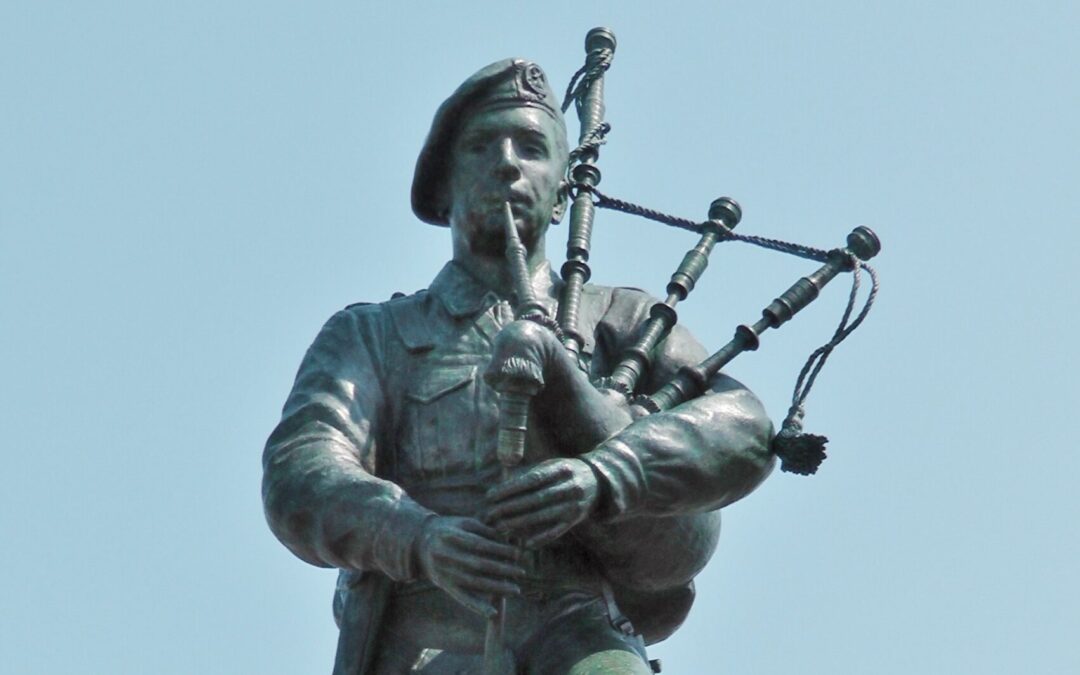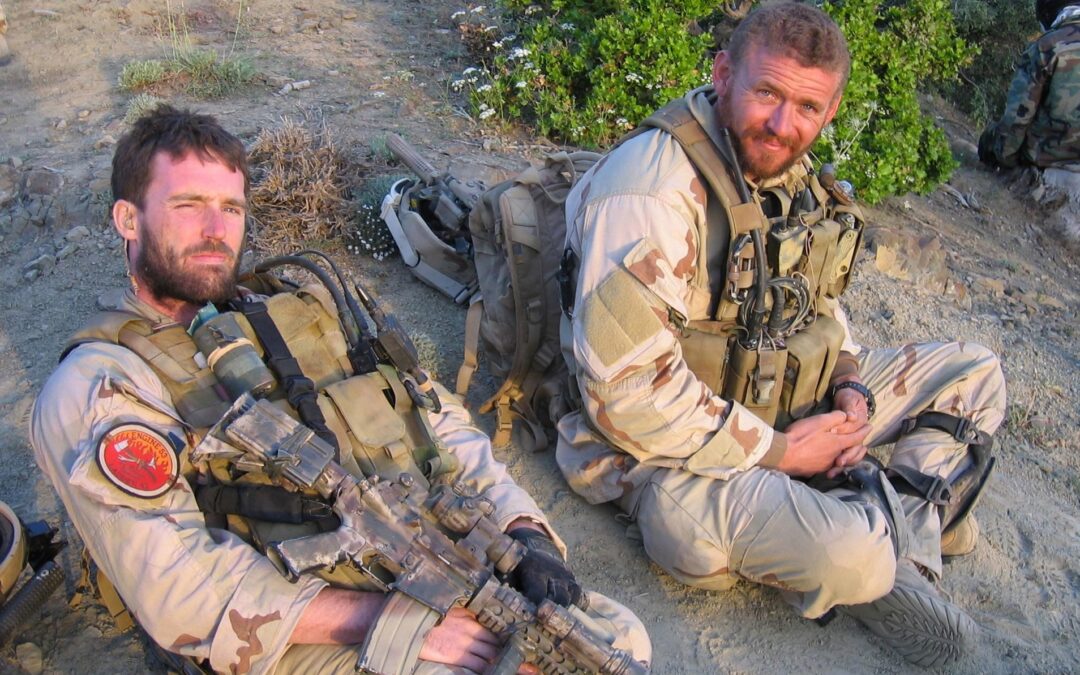Sometimes good relationships get off to a bad start. The United States and South Korea are a case in point. Today, Seoul is a valued American ally. But U.S.-Korean relations started with conflict rather than cooperation when on June 10, 1871, the U.S. Navy Expedition to Korea sent to open relations with Korea instead waged the Battle of Ganghwa. The Main Purpose of Expedition to Korea The backdrop for the hostilities was the American desire to establish trade relations with Korea. Like its neighbor Japan, Korea in the mid-nineteenth century was hostile to foreign influences, so much so that it earned the nickname of "the Hermit Kingdom." Japan agreed to sign a commercial treaty with the United States only at the point of a gun after a fleet headed by Commodore Matthew Perry appeared in Tokyo Bay in 1854. American merchants hoped that a similar treaty could be struck with Korea. But the outbreak of the Civil War in 1861 ended U.S. interest in Asia for a time. After Gen. Robert Lee's...
